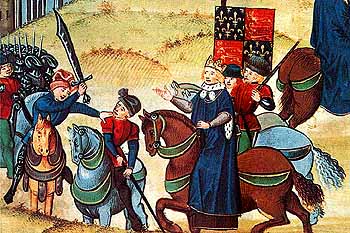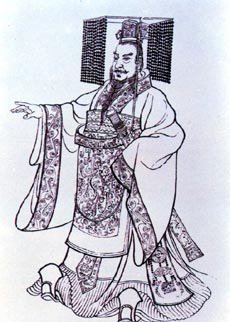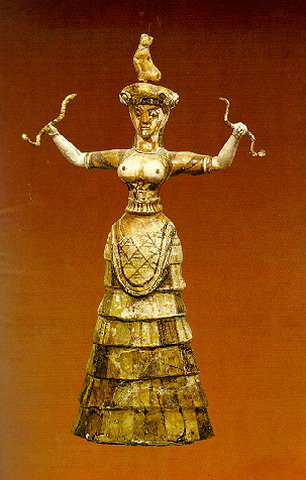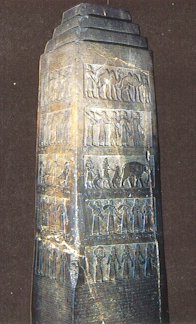Adler17 said:
So since it seems, Ciceronian needs a bit longer I will post a quiz here. Be aware that the next solution is part of the previous quiz.
1. What is the origin of the word "quiz"? (5 pts.)
2. What am I (7 pts.)? I was a prosperous city state. I was a very wealthy city but was attacked like my neighbours of a new threat from the North. Like all my neighbours I was destroyed. My ally from the south did not come to help me, because there a new monotheistic religion introduced. Later both powers fought relative near to me (in the country), but under other kings. Who were my ally and enemy (3 pts each)? Who was ruling in my ally´s country in that time (3 pts. each)? Who was leading the battle I mentioned on both sides and what is the name of the battle (3 pts. each)? What happened for the first time after the battle (5 pts.)? (30 pts. in total)
3. Who am I (6 pts.) and in which relation are the pictures to me (5 pts. each)?
Bonus: Where is the institute which has my name? (4 pts.)
(35 pts. in total)
4. Who said this (4 pts.)? What name has the speech? (3 pts.)? Can you translate that? (8 pts.)
(15 pts. in total)
5. Many of us know Manitu as the supreme spirit or god of the Indians. However only one tribe (or perhaps better family of tribes) is believing in him. Which one? (6 pts.)
6. The British lost shortly after ww1 broke out the Dreadnought HMS Audacious. However they kept it secret, but indeed soon everyone knew it. Why? (6 pts.)
7. What was after Pearl Harbour the most successful attack against enemy ships in harbour (6 pts.) and why exactly was that lowering the danger of even further escalation (10 pts)? (16 in total)
8. Describe the coin system of Athens. (I mean for example 100 Cent= 1 €

(5* 2 pts.= 10 pts. in total)
9. What mean the colours of following national ensigns?
a) USA (1 pt. (sorry, too easy for more points

))
b) UK (3 pts.)
c) Germany (3 pts.)
d) Jamaica (6 pts.)
e) France (3 pts.)
(16 pts in total)
10. The word "solid" has its origin in what? (4 pts.)
11. What revolution in the history of earth is the most important and why? (7 pts.)
150 pts. to get! Have fun. I know it is difficult, but it is still solveable. This is my last quiz here until at least March, so you can be proud of it for a long time, if you participate. It is over to you to!
End of the quiz: December 6th morning CET. Can be extended.
Adler
1. The origin of the word quiz is result of a bet. In Belfast about 1800 2 persons made a bet. One of him said he could make a new word which is soon known in the whole town. So he made graffittis in writing the word quiz on many walls. The population of Belfast soon asked themselves what does that mean and who made it. So the word quiz was introduced.
2. Qatna was the most powerful and wealthiest town of Syria. In that times it was very prosperous and had with the Egypts powerful allies. However when the Hettites came, in Egypt ruled Ahmenhotep IV. aka Echnaton. He tried to introduce a new religion, basing on the sun god Aton as only god. So he wasn´t interested to help Qatna and the other Syrian towns, which were soon doomed. Later in the battle of Kadesh Ramses II. fought Mutawilli II. of the Hethites. In contrast ot Egyptian propaganda the battle was near a catastrophy for the Egyptians and only because of the arrival of the elite divisions of the Egyptians, Ramses survived. After this more indecisive battle the first peace treaty was made between both nations.
3. Alfred Wegener, who is also on the Inuit picture but you can´t recognize him.
To the pictures:
a) This picture shows the weather. Wegener was meteorologist.
b) That´s him and an Inuit. He was also a polar discoverer, who also died in Greenland.
c) He also developed the theory of the drifting of continents, which was not accepted before the 1960s.
d) Another part of his work was the impact science. He identified the moon craters as the craters caused by meteorites. In 1927 he identified a crater on Ösel, Estonia, as such an impact crater.
e) Finally the Mesosaurus sp. Mesosaurus, a Permian (~ 250 million years ago) sea reptile, is found in Brazil and Africa and are one of the first fossils leading to the theory of the drifting continents.
The Wegener instituted is in Bremen.
4. Cicero´s first speech against Catilina, 8.11.63 BC. A translation:
O times, o dos. The Senate recognizes it, the Consul knows it. But he still lives; he lives? Yes, he comes even in the senate, he takes part in the public consultations, he notes and chooses someone of us to kill. But we valiant men seem not to do as much for the state if we avoid the furiousnes and weapons of this man. It appertained, that you, Catilina, should have lead to death on the order of the consul, that the mischief, that you already planned for us, comes over you.
5. The Alganquin tribes.
6. The British government kept is secret that a newly build battleships was sunk by a single mine. However it was invain as the sinking of HMS Audacious was recognized by a passenger ship with many US citizens. So the news came around very fast.
7. Bari 1943. 18 allied ships full of equipment, 71.566 GRT in total, were sunk by 88 German bombers. The harbour itself and many other ships were partly damaged heavily. All further operations in Italy had to be delayed. But one of the sunk ships, the SS John Harvey had 100 tons poison gas (Senfgas= Yperit= Lost= Bis(2-chlorethyl)sulfid) weapons loaded for the case, the Germans could repush the allied landings. Due to secretness of the information, all people who knew it in Bari died at the attack, the victims could not get the medical therapy. Over 1100 persons died. Although this lead nearly to an escalation a bomb found there was identified as US design. So the use of poison gas was prevented.
In ww2 gas was used in the fights of the Japanese against the Chinese and the Polish against the Germans in 1939 (local commander acting, not on order of the Polish generals).
8. 1 Talent= 60 Minen= 6.000 Drachmen= 12.000 Stater= 36.000 Oboloi
9.
a) 13 stribes for the 13 colonies and 50 stars for the 50 states.
b) The Red English St. Georges Cross on white ground comined with the Irish Cross and the Scottish Andreas cross on blue ground
c) The uniform of the Lützower Freicorps, a kind of volunteers militia fighting Napoleon in the Wars of Liberation, was black, had a red inlay and golden buttons. After the wars, the students made that colour to represent a flag for the unity of Germany.
d) The three parties of the French revolution united: The blue girondists, the white royalists and the red jacobiners.
e) Green is the hope and the agriculture, yellow (gold) the sun and the nature treasures and black for the difficulties of the past and present days. It is also said it meant the colour of the people.
10. The word comes from the Latin word solidus meaning the same. However it bacame so popular as there was a coin, the solidus, which was very solide indeed.
11. This is a question in which much is to be discussed and I have accepted all other sensible argumentations with 4 points. The other three were preserved for the revolution I meant: The Cambrian revolution about 550 million years ago, where all the modern life forms have their origin and in which most of the life we know suddenly appeared. Sure there was life in form of bacterias and other microorganisms before, even the Ediacara fauna which disappeared in the Cambrium mostly. But the modern higher life is basing mostly on forms now appearing. So this was it I wanted to hear.
This was for the next three months at least my last quiz and I hope you have enjoyed it.
Adler





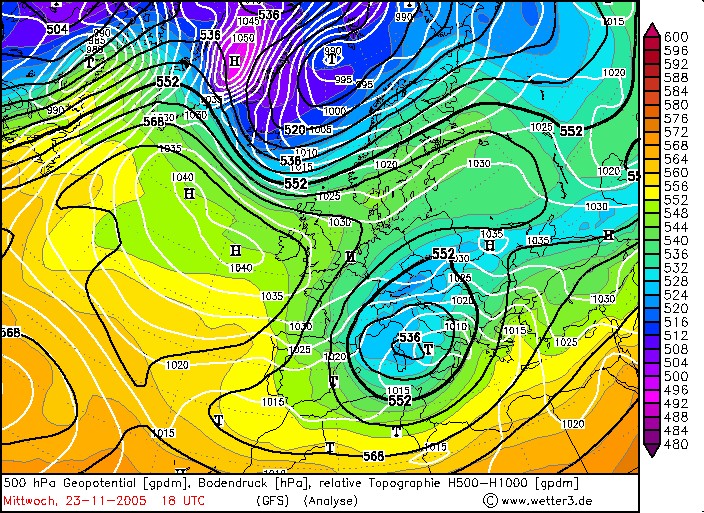
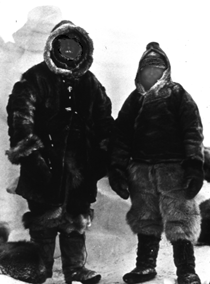
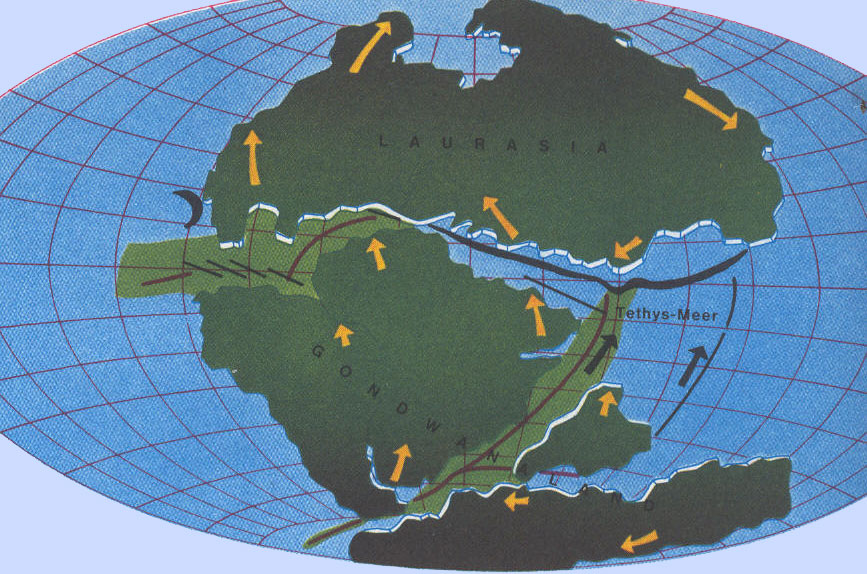
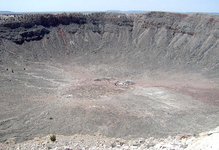
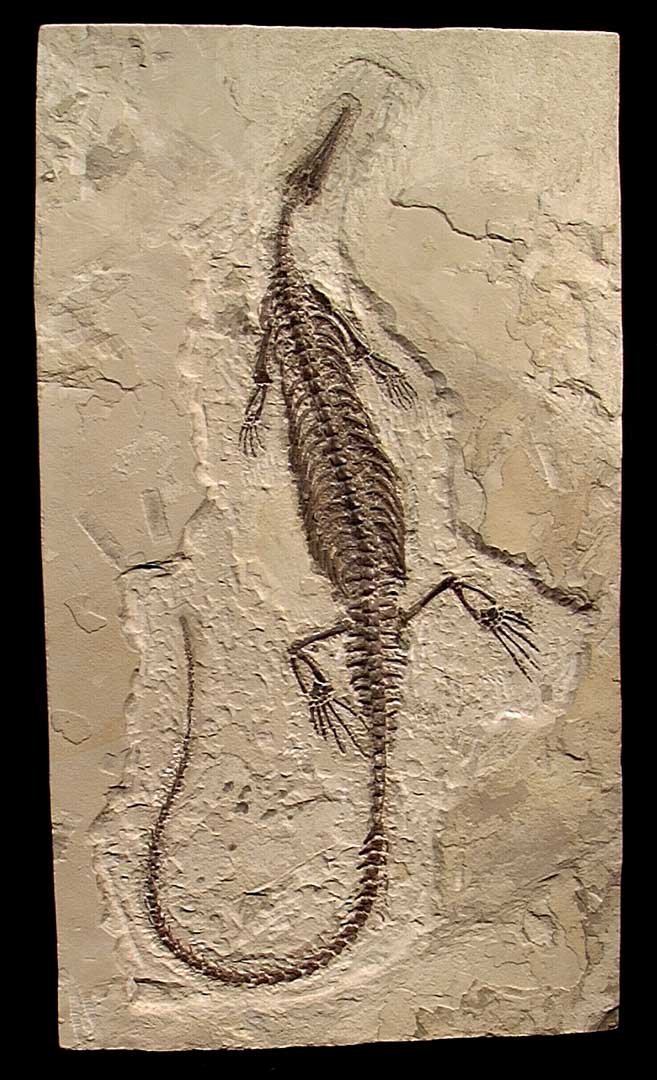
 ))
))
